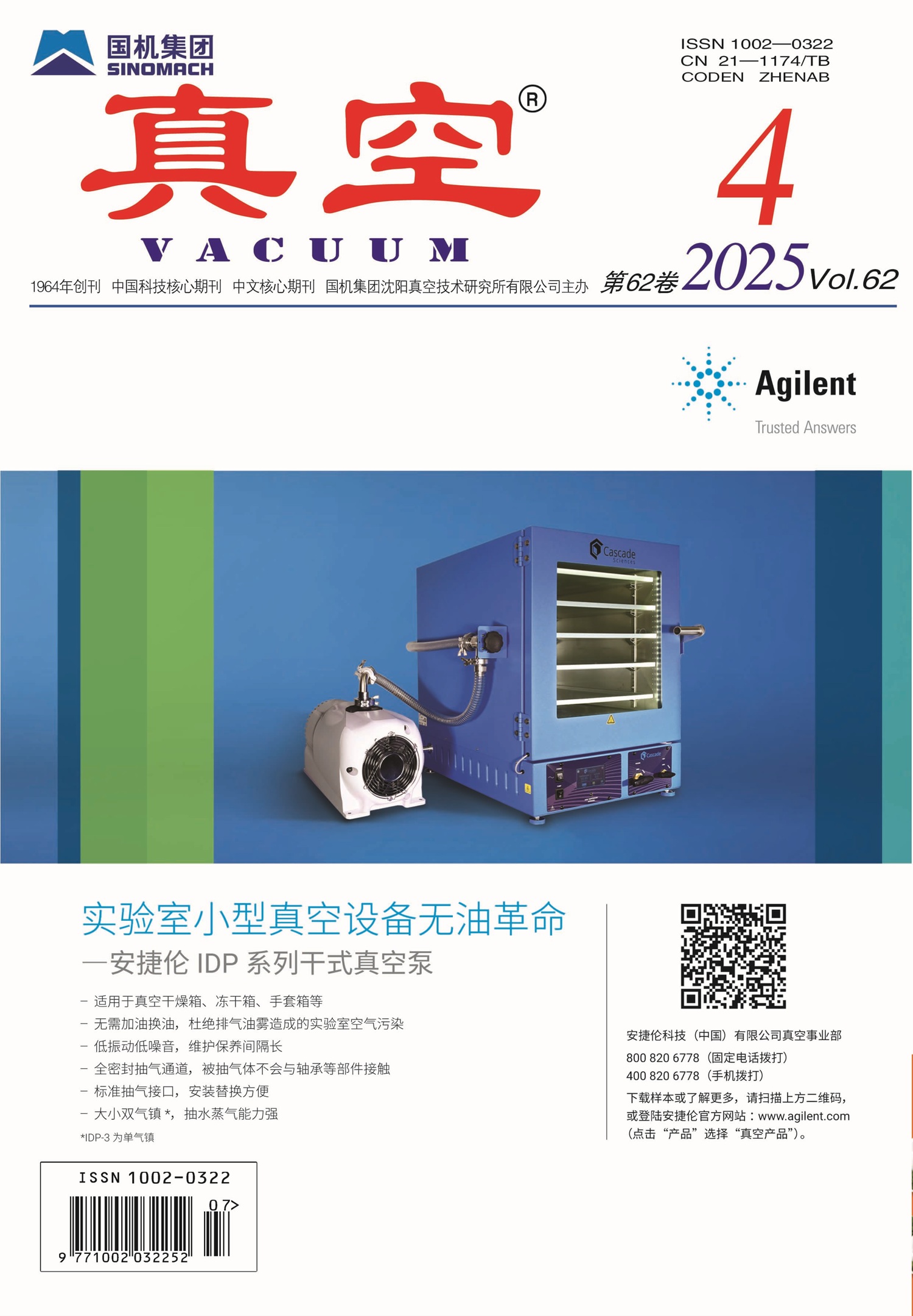|
|
Behavior of Interlayer Damage and Elements Diffusion of NiCrAlYSi/YSZ Thermal Barrier Coatings under Thermal Cyclic
DAI Jian-wei, MU Ren-de, HE Li-min, YANG Wen-hui, LIU De-lin, XU Zhen-hua
VACUUM. 2021, 58 (3):
23-29.
DOI: 10.13385/j.cnki.vacuum.2021.03.05
The NiCrAlYSi bonding layer was prepared by vacuum arc plating. The YSZ ceramic layer was prepared by electron beam physical vapor deposition(EB-PVD). Microstructure,crack morphology and elemental composition of the as-deposited coatings and TBCs after thermal cyclic were analyzed by using SEM with energy dispersive spectrometer. The behavior of interlayer damage and elements diffusion of TBCs from early stage of thermal cycling to failure process were investigated.The results show that, with the increase of the thermal cycling time, NiCrAlYSi/YSZ TBCs experienced rapid oxidation and low oxidation rate stages. After 1100h, the ceramic layer fell off and the bond coat continued to oxidize, resulting in a sudden increase in coatings weight. At the beginning of the thermal cyclic, Al, Ni, and Cr in bond coat diffused outwards, while O and Zr diffused inwards from the ceramic layer. Al in the TGO layer is sufficient and the selective oxidation of Al mainly occurred.After 1100h, Al in the TGO layer was insufficient, Cr and Ni began to oxidize, forming Al1.92Cr0.08O3 and nickel aluminum oxide. The uneven oxidation resulted in the local volume expansion in the coatings and the cracks initiated in the TGO layer. With the proliferation and growth of cracks, the cracks eventually penetrated the equiaxed crystal region and TGO layer, leading to the failure of TBCs.
References |
Related Articles |
Metrics
|

 Table of Content
Table of Content
 Table of Content
Table of Content